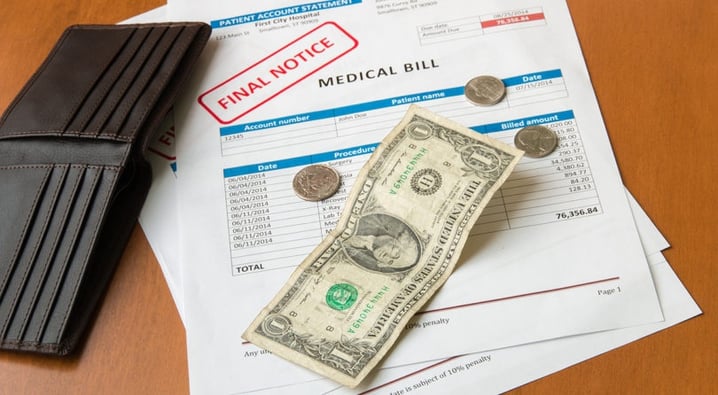
The combined costs of premiums, deductibles and out-of-pocket expenses can exceed 20% of household income for some low-income individuals who purchase health insurance through an Affordable Care Act exchange, a study reports.
Even after premium subsidies and cost-sharing arrangements, about 10% of those who enroll in Marketplace plans individually are so burdened by medical costs that they may be unable to continue their insurance – risking both their health and the ability of the ACA to achieve its objectives.
The study, released by the Urban Institute and funded by the Robert Wood Johnson Foundation, looked at total medical spending by those with incomes between 200% and 500% of the federal poverty level (FPL) who are ineligible for employer-sponsored or Medicaid coverage.
Even after receiving federal assistance with premiums and out-of-pocket expenses, about 10% of these insureds – generally those who are sicker and older – will pay out a high portion of their total income on medical expenses.
For those with incomes less than 200% of FPL, 10% have total medical expenses (after subsidies and other assistance) that equal 18.5% of their total income. For everyone in that category, the median outlay is 6.6% of income.
Among those who make slightly more – 200% to 500% of FPL – one out of ten individuals will spend 21% to 23% of their total income on health-related expenses. (Subsidies are not available on the exchange for incomes about 400% of FPL.)
Even for those with average medical expenses the cost is substantial, ranging from 11% to 13% of total income.
The study also looked at the relationship of age affected and health expenses as a percentage of income. The average expenditure for all those in the 18-24 age group was under 7%, rising steadily to 12% of income for those in the 55-64 age group.
But for the 10% with the highest medical expenses, premiums and out-of-pocket expenses account for nearly 13% of the income of those between 18 and 24. This rises steadily with age; for those in the top tenth of medical spending who are 55 to 64 years old, these expenses total nearly 25% of income.
The study’s authors, researchers with the Urban Institute’s Health Policy Center, propose various ways to improve affordability, including using state funds to supplement federal assistance.
“The risk of not making coverage more affordable,” they conclude, “is that more individuals may choose not to purchase coverage, pay the tax penalty instead, and hinder the ACA’s ability to achieve and maintain its coverage objectives.”
